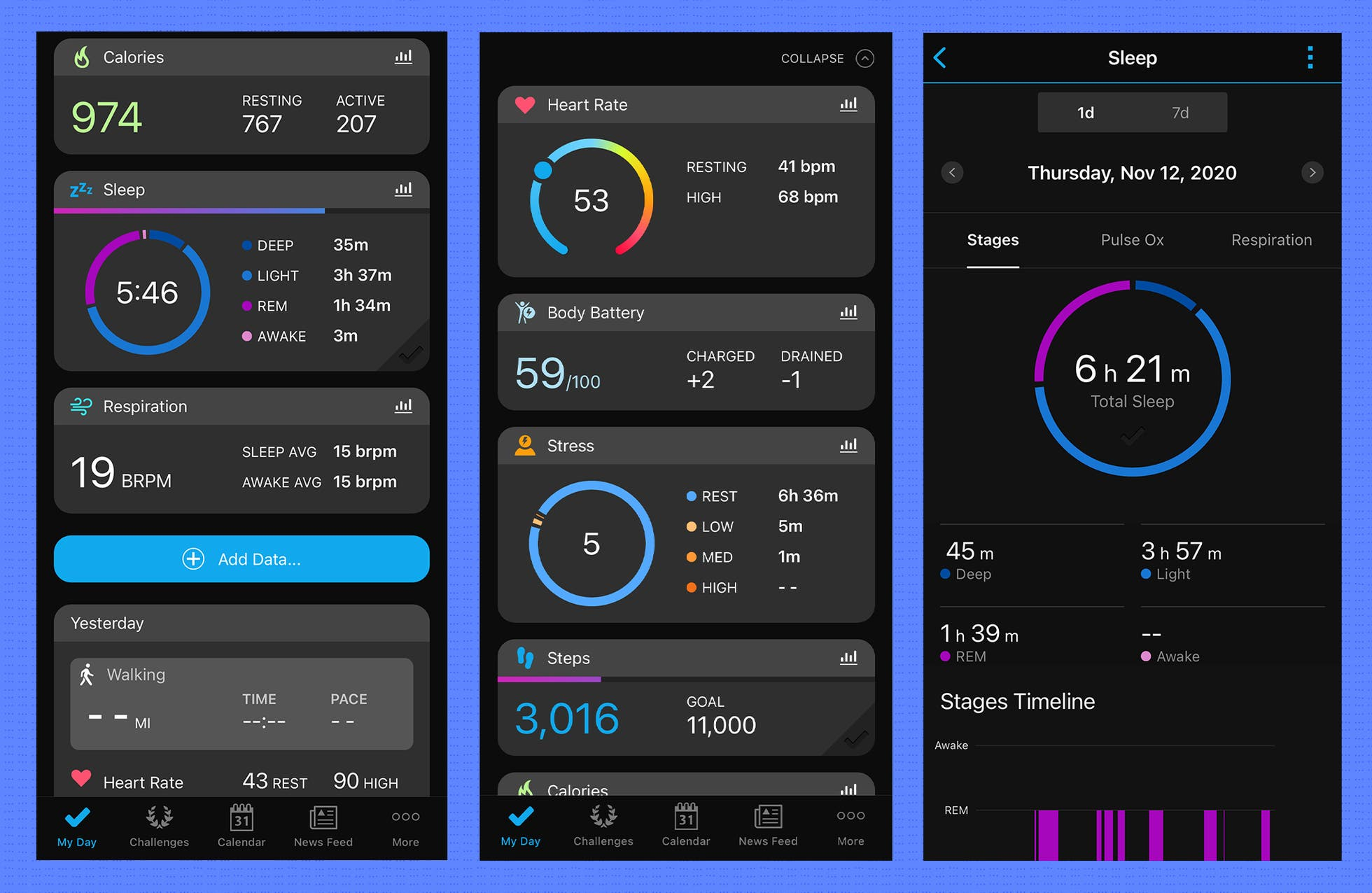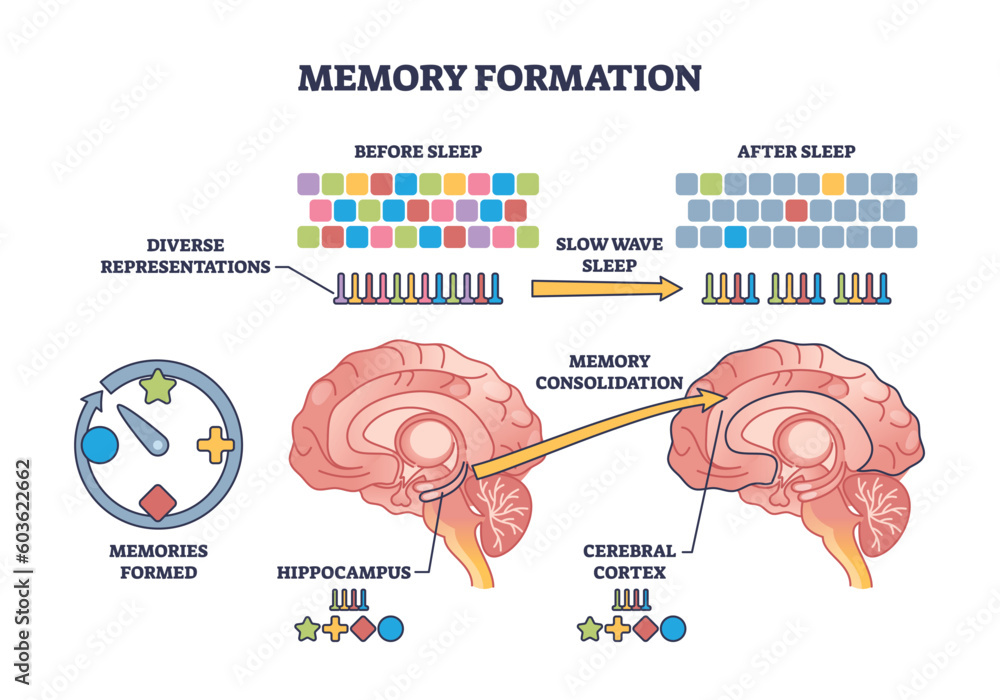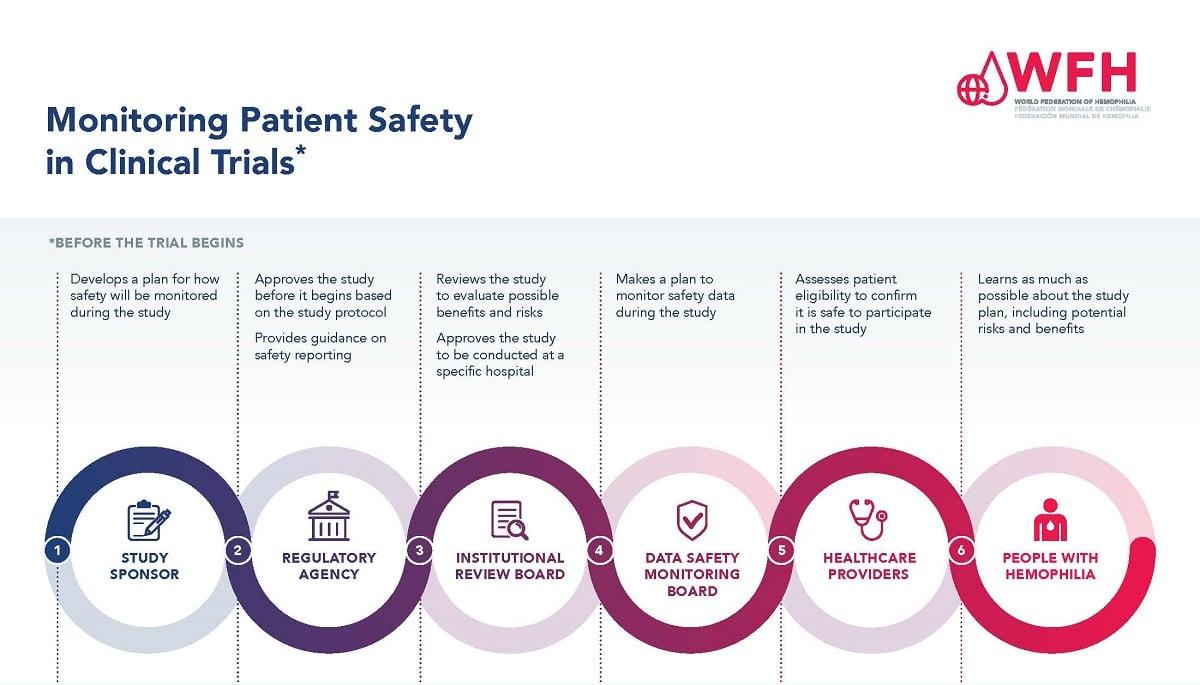
Health Tracking: Deep Insights into Learning and Memory
Health Tracking has emerged as a pivotal advancement in understanding how we form memories and learn, particularly in the context of developing new therapies for neurological disorders such as dementia. This innovative approach seeks to unravel the complex mechanisms behind synaptic plasticity, the brain’s ability to adapt and store information through strengthening neuronal connections. Researchers at Harvard have pioneered a technique, known as EPSILON, that maps pivotal molecular interactions during memory formation, providing insights that could revolutionize dementia treatments. By utilizing sophisticated microscopy and fluorogenic labeling, this method illuminates the intricate architecture of synapses, the very foundation of our memories. As we delve deeper into health tracking, we find ourselves at the forefront of a scientific revolution that promises to redefine our understanding of learning and memory formation.
Monitoring and analyzing health metrics offer invaluable insights into cognitive functioning and memory retention, often referred to as wellness assessment or cognitive health tracking. These terms encapsulate various methodologies aimed at mapping the brain’s synaptic interactions in real-time. With a focus on neural connections and synaptic behavior, researchers are exploring cutting-edge techniques that enhance our understanding of memory mapping. This emerging field holds the potential to unveil groundbreaking treatments for disorders like Alzheimer’s, emphasizing the importance of ongoing investigation into synaptic plasticity and its relation to cognitive health. By adopting innovative approaches such as the EPSILON Technique, scientists are poised to unlock new pathways for improving memory functions and overall brain health.
Understanding Synaptic Plasticity: The Key to Memory Formation
Synaptic plasticity is essential for forming memories, as it encompasses the processes through which connections between neurons strengthen or weaken in response to new experiences. When we learn something new, synaptic connections adapt through various mechanisms, including long-term potentiation (LTP) and long-term depression (LTD). These processes allow the brain to efficiently store information, making synaptic plasticity a fundamental area of research in the field of neuroscience. In essence, the ability of our brains to change in response to learning experiences is the backbone of all cognitive functions, emphasizing the need for a deeper understanding of these processes.
Recent advancements in technology, particularly techniques like the EPSILON method, have revolutionized our comprehension of synaptic behavior. This novel technique enables scientists to visualize synaptic changes with unmatched precision, shedding light on the intricate molecular details that underpin learning and memory. The ability to track AMPARs (alpha-amino-3-hydroxy-5-methyl-4-isoxazolepropionic acid receptors), crucial for synaptic plasticity, highlights how closely our memories are linked to the dynamic state of synapses within the brain network. Through an understanding of synaptic plasticity, we can better inform treatments for disorders such as dementia that fundamentally disrupt these mechanisms.
Health Tracking in Neurological Research: Advancing Dementia Treatments
Health tracking has emerged as a vital tool in neurological research, particularly for understanding and treating diseases like dementia. By closely monitoring brain activity and synaptic plasticity, researchers can identify the progression of cognitive decline and assess the effectiveness of interventions. This personalized approach to health tracking not only offers insights into individual cases but also contributes to the development of targeted therapies aimed at mitigating the impact of neurodegenerative diseases.
Innovative techniques like EPSILON enhance this health tracking by allowing for real-time visualization of synaptic changes and interactions in living organisms. These advancements bridge the gap between basic science and clinical applications, paving the way for improved diagnostic tools and endpoints in dementia research. By correlating specific synaptic events with cognitive functions, scientists can formulate treatment protocols that address the underlying physiological changes, thereby advancing our approach to managing memory-related disorders.
The EPSILON Technique: A Breakthrough in Memory Mapping
The EPSILON technique represents a groundbreaking advancement in the mapping of memory at the molecular level. By employing extracellular protein surface labeling, researchers can track the movement of synaptic proteins with exceptional accuracy. This novel approach not only elucidates the mechanisms of synaptic plasticity but also helps to uncover how memories are formed and retained within the brain. The detailed monitoring of AMPAR trafficking provides invaluable insights into synaptic dynamics, contributing to a more profound understanding of how we learn.
Furthermore, the implications of the EPSILON technique extend beyond fundamental neuroscience. As researchers utilize this method to study various cognitive processes, its potential applications in treating memory impairments, particularly in the context of dementia, become increasingly clear. With the ability to visualize changes over time, EPSILON paves the way for innovative therapeutic strategies aimed at counteracting the debilitating effects of neurodegenerative diseases and enhancing overall brain health.
Implications of Advanced Memory Mapping Techniques
The introduction of advanced memory mapping techniques like EPSILON is set to have far-reaching implications not only in neuroscience but also in the treatment of cognitive disorders. These methods provide clarity into the previously opaque molecular dynamics at play during memory formation and retrieval. As researchers dissect the pathways and interactions involved, they gain knowledge that could inform the development of targeted interventions for conditions such as Alzheimer’s disease, characterized by synaptic dysfunction.
Moreover, by leveraging this detailed understanding of memory mapping, scientists can create tailored therapies that address specific synaptic alterations linked to cognitive decline. The capacity to visualize and track changes in synaptic strength over time allows for a more nuanced approach to research and therapy—a critical step towards restoring lost memory functions and improving patients’ quality of life.
Memory Mapping Techniques in Dementia Research
Memory mapping techniques play a crucial role in dementia research, providing insights into how neurodegenerative disorders affect synaptic function and memory processes. Understanding the timeline and mechanisms of synaptic changes is essential for deciphering the pathophysiology of dementia. Techniques like EPSILON facilitate the exploration of these changes at the molecular level, enabling research teams to visualize the interplay between memory formation and synaptic plasticity in unprecedented detail.
This enhanced understanding is vital for developing effective treatments for dementia. By identifying specific alterations in synaptic behavior, researchers can design therapeutic strategies that target these dysfunctions, potentially slowing down the progression of cognitive decline. Ultimately, the application of memory mapping techniques holds promise for transformative insights that can lead to breakthroughs in how dementia is understood and treated.
The Role of AMPARs in Synaptic Plasticity
AMPARs (alpha-amino-3-hydroxy-5-methyl-4-isoxazolepropionic acid receptors) are central players in the synaptic plasticity process, facilitating communication between neurons. Their ability to modulate synaptic strength is crucial for both short-term and long-term changes in memory. As research progresses, understanding the precise roles of AMPARs in synaptic dynamics will inform us about learning and memory formation, helping us delineate the pathways that lead to memory consolidation and retrieval.
In the context of advanced research techniques like EPSILON, the tracking of AMPAR behavior offers invaluable data on how synaptic plasticity operates within living brains. By establishing the relationship between AMPAR trafficking and memory encoding, researchers can identify disruptions that contribute to cognitive impairment in diseases like Alzheimer’s. This insight could significantly enhance the design of therapeutic strategies that aim to restore or enhance synaptic function, thereby improving memory capacity in affected individuals.
Impacts of Cognitive Phenomena on Memory Formation
Understanding cognitive phenomena is critical for deciphering the mechanisms of memory formation. Each cognitive process, whether it involves emotional responses, sensory inputs, or contextual learning, can leave a distinctive imprint on synaptic wiring. The study of how these cognitive phenomena interact with synaptic plasticity will shed light on not just memory formation but also memory retention, retrieval, and loss, especially in the context of neurodegenerative diseases.
Research utilizing innovative techniques such as EPSILON allows for a nuanced exploration of these cognitive interactions with synapses. This knowledge can lead to the identification of how different types of memories are encoded and maintained, offering a clearer path toward potential treatments for memory disorders. By unraveling the complex interplay between cognitive phenomena and synaptic behavior, researchers can devise strategies to enhance cognitive longevity and address the challenges posed by memory-related illnesses.
The Future of Synaptic Research and Memory Treatments
The future of synaptic research is poised to greatly impact the landscape of memory treatment. As innovative techniques like EPSILON continue to evolve, they enable deeper examinations of synaptic functions and the molecular basis of learning and memory. This ongoing research will likely unlock new therapeutic avenues for individuals suffering from memory impairments, particularly those afflicted by Alzheimer’s disease and other forms of dementia. By monitoring synaptic structures over time and identifying how they relate to cognitive performance, researchers can formulate targeted interventions that restore or protect memory functions.
Furthermore, as collaborative efforts among research institutions expand worldwide, the collective knowledge gained from applying EPSILON and similar techniques will further accelerate progress in understanding and treating cognitive disorders. The intersection of basic neuroscience and applied therapeutic strategies holds the key to not just enhancing our grasp of memory formation but also revolutionizing care for those facing the challenges of memory loss, ensuring a brighter future for cognitive health.
Exploring New Frontiers in Memory Research
As researchers continue to explore the molecular landscape of memory formation, new frontiers in memory research are emerging. The integration of advanced imaging techniques with molecular biology is unveiling the complexities of synaptic connections and their role in learning. This ongoing exploration not only enhances our understanding of the fundamentals of memory but also informs strategies to combat memory-altering diseases, such as Alzheimer’s and other dementias. The ongoing quest to delineate the molecular underpinnings of memory paves the way for innovative therapeutic approaches.
Moreover, the success of methods like EPSILON serves as a launchpad for further innovations in neuroscience. As different laboratories around the world begin to apply these techniques, a wealth of data will be generated, fostering collaborative discoveries that could have profound implications for treatment protocols. The convergence of research across cognitive neuroscience, molecular biology, and clinical applications is sure to shape the future of how we approach memory-related disorders, ensuring that effective solutions are within reach.
Frequently Asked Questions
How does health tracking relate to learning and memory formation?
Health tracking plays a crucial role in understanding learning and memory formation by providing data on cognitive functions and brain health. Techniques that monitor synaptic plasticity—the ability of synapses to strengthen or weaken—help researchers study how memories are formed and maintained, offering insights into conditions like dementia.
What is the EPSILON technique in health tracking?
The EPSILON technique, or Extracellular Protein Surface Labeling in Neurons, is a groundbreaking method for health tracking that allows researchers to map critical proteins involved in synaptic plasticity. This innovative approach enhances our understanding of how learning and memory occur at a molecular level, with implications for developing dementia treatments.
Why is synaptic plasticity important in health tracking related to memory?
Synaptic plasticity is vital for health tracking as it underlies the brain’s capacity to adapt through learning. By observing changes in synaptic strength, researchers can track memory formation processes and assess how neurological disorders, such as dementia, affect cognitive abilities.
What advancements in health tracking have been made with the study of memory mapping techniques?
Recent advancements in health tracking through memory mapping techniques, such as the EPSILON method, have allowed scientists to visualize synaptic interactions in real-time. This high-resolution mapping of proteins involved in memory can lead to new therapies for dementia and provides essential insights into the mechanics of learning and memory.
How can health tracking benefit dementia treatments utilizing synaptic plasticity insights?
Health tracking can significantly benefit dementia treatments by utilizing insights gained from studying synaptic plasticity. Understanding how synapses change during memory formation can inform the development of targeted therapies aimed at restoring memory functions and enhancing cognitive health in affected individuals.
What role does synaptic architecture play in health tracking of memory-related disorders?
The synaptic architecture plays a pivotal role in health tracking of memory-related disorders by providing a framework for understanding how neurons communicate and form memories. By analyzing this architecture, researchers can identify disruptions associated with disorders like dementia, leading to improved diagnostic and treatment strategies.
Are there implications of health tracking for cognitive functions beyond memory?
Yes, health tracking has implications for cognitive functions beyond memory by enabling researchers to study various aspects of learning and executive function. Techniques that examine synaptic behavior can provide valuable data on how the brain processes information, adapts to experiences, and potentially develops therapies for a broader range of cognitive impairments.
How does EPSILON facilitate advancements in health tracking for cognitive research?
EPSILON facilitates advancements in health tracking for cognitive research by allowing for detailed observation of synaptic changes at a molecular level. This technique illuminates the dynamics of synaptic plasticity, enhancing our understanding of brain functions related to learning and memory, and paving the way for novel therapeutic approaches for neurological disorders.
| Key Point | Details |
|---|---|
| New Mapping Technique | A revolutionary technique identified as EPSILON provides insights into the molecular foundations of learning and memory. |
| Research Team | Conducted by Harvard researchers, including Doyeon Kim and Adam Cohen, alongside Howard Hughes Medical Institute scientists. |
| Synaptic Plasticity | The process enables the brain to strengthen connections between neurons, key for learning and memory. |
| Impact on Disorders | Findings may lead to new therapies for neurological disorders like dementia and Alzheimer’s. |
| History Mapping | EPSILON allows researchers to track synaptic changes over time related to memory formation. |
| Immediate Results | Research on mice shows a correlation between AMPARs and memory traces. |
| Future Prospects | Cohen plans to apply EPSILON to various cognitive phenomena and improve memory impairment therapies. |
Summary
Health Tracking has been significantly advanced by a new mapping technique known as EPSILON, which delves into the molecular foundations of learning and memory. This innovative method not only enhances our understanding of synaptic plasticity but also promises new therapeutic avenues for treating neurological disorders like dementia and Alzheimer’s. The groundbreaking research by Harvard scientists sheds light on brain mechanisms, paving the way for improved health outcomes through targeted interventions.


